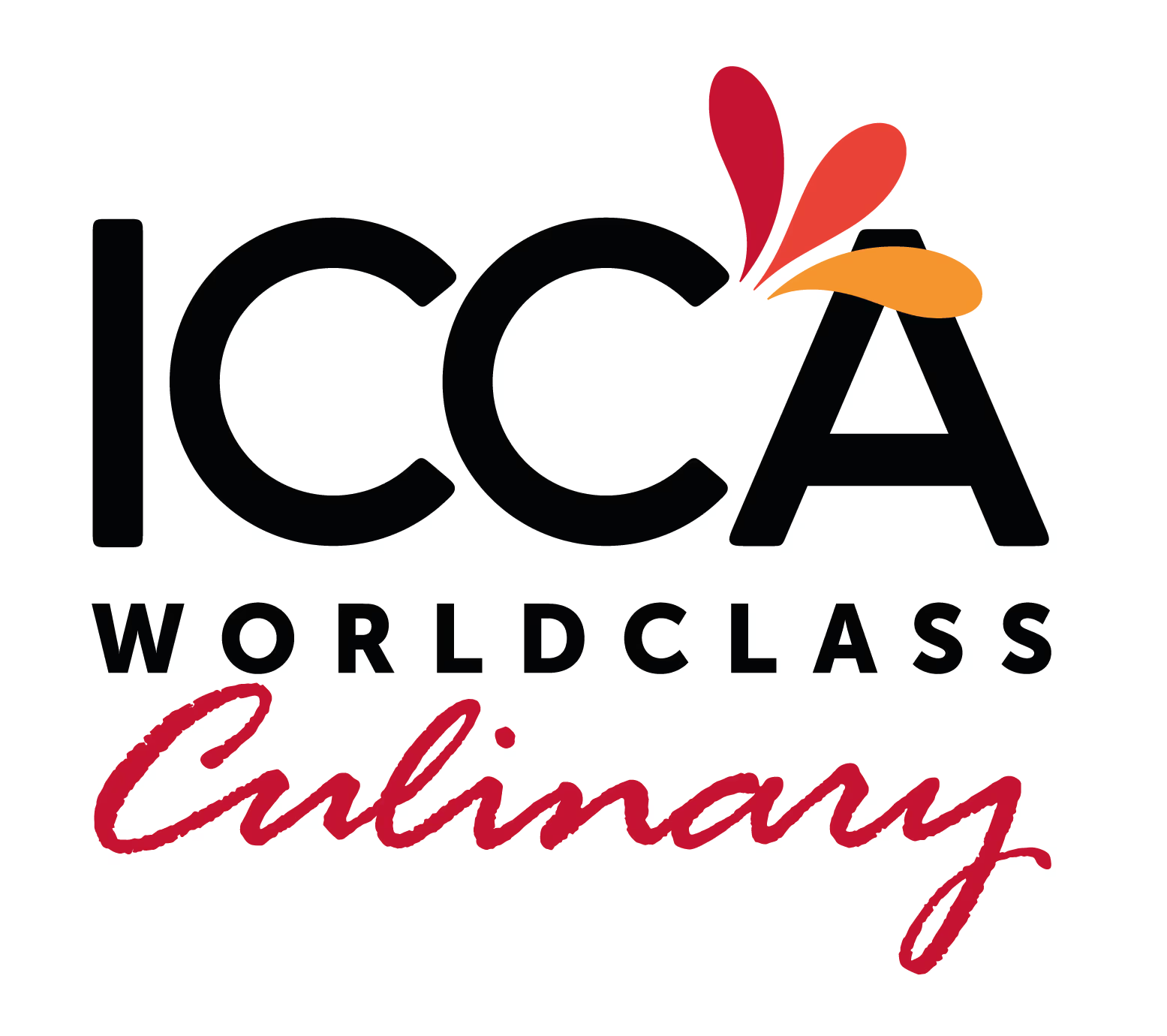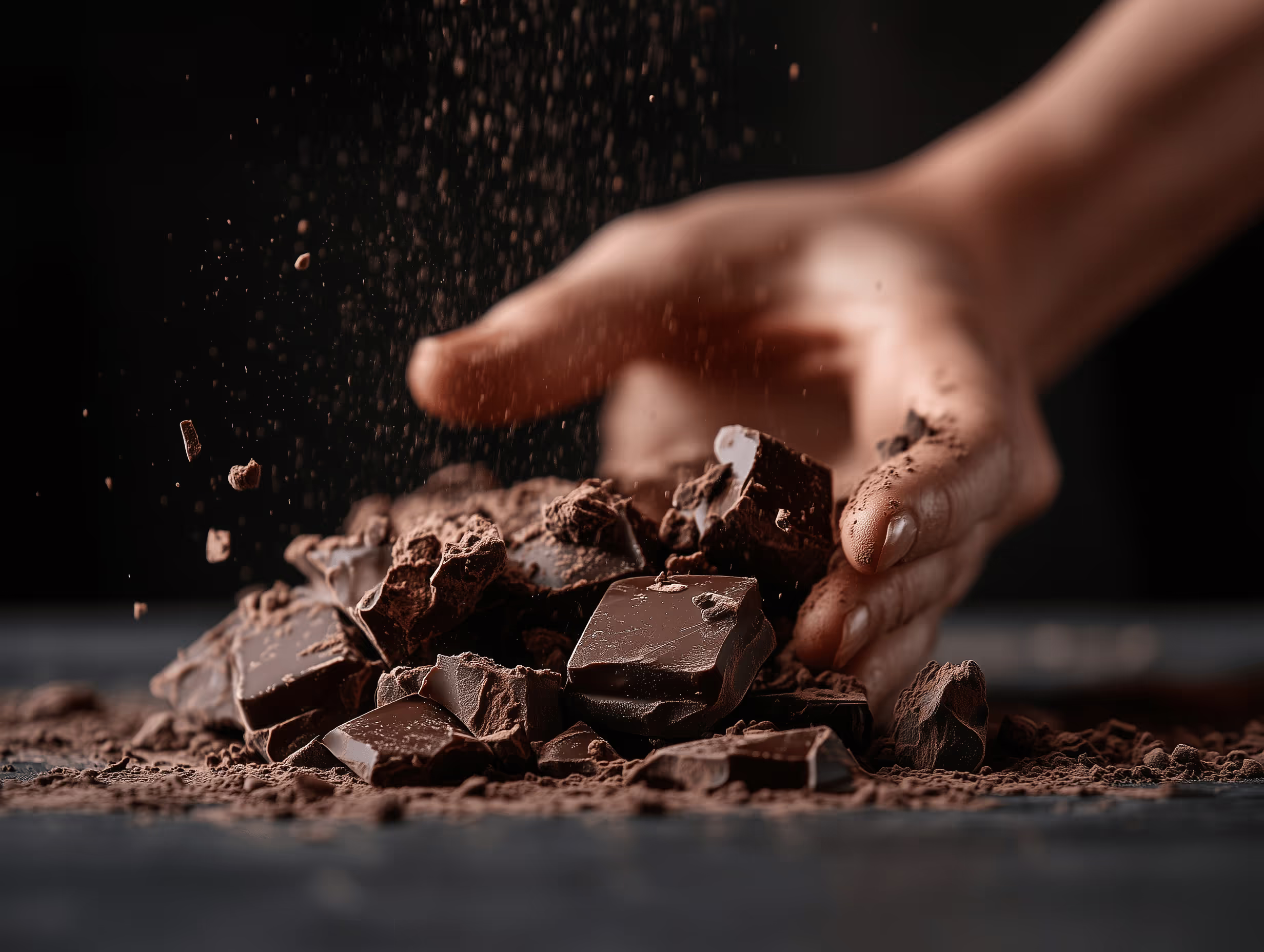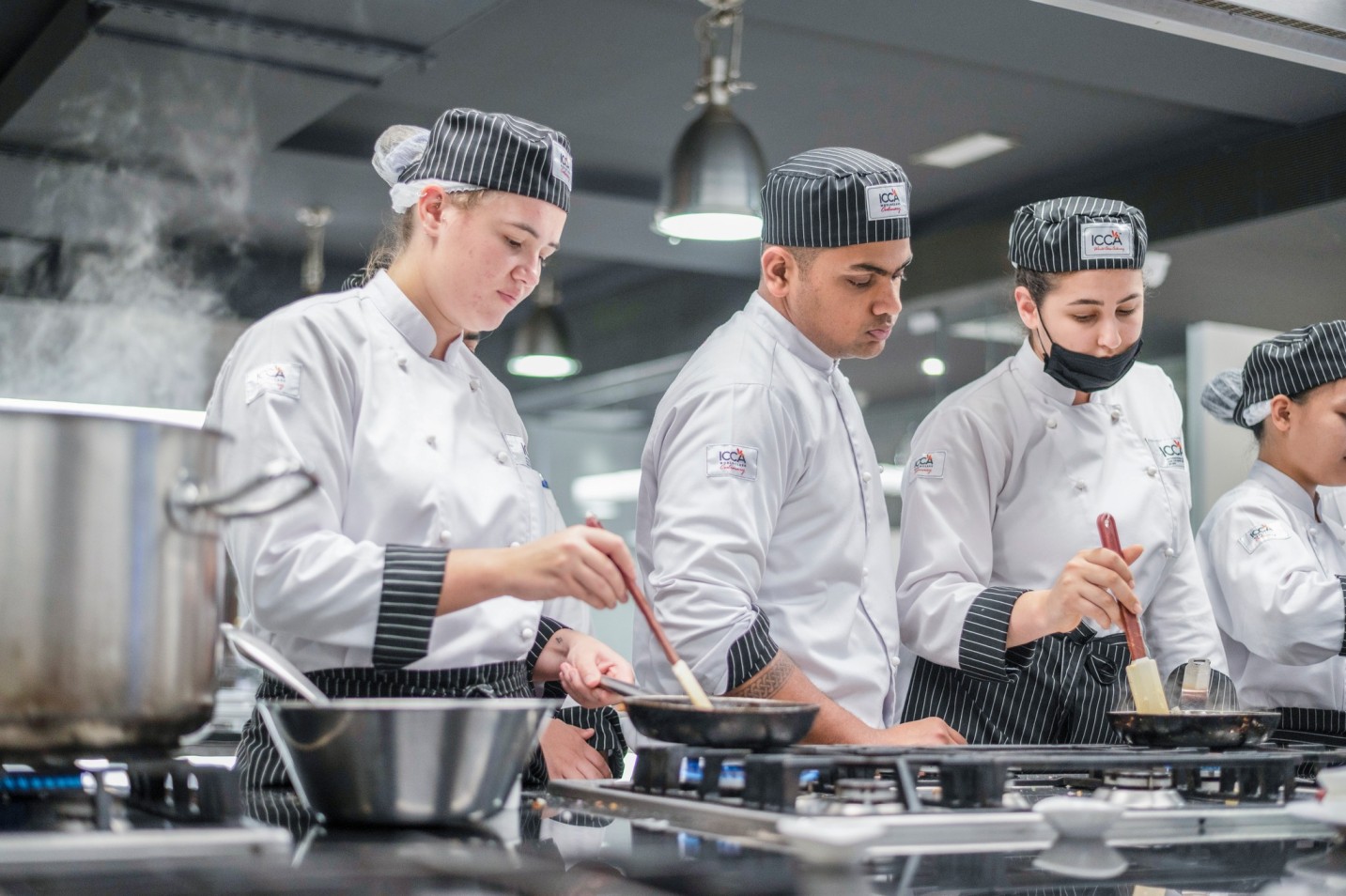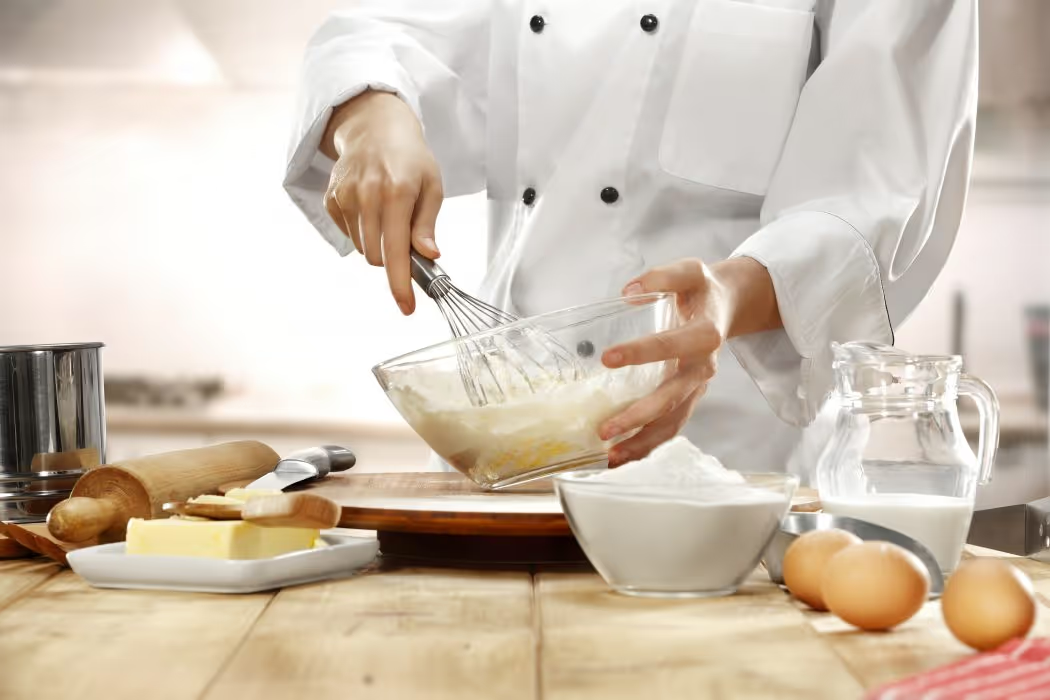Chocolate is more than just a treat—it’s an art form, a science, and for many, a dream career. If you’ve ever wondered how to become a chocolatier, you’re not alone. The allure of working with chocolate, crafting exquisite truffles, delicate pralines, and elaborate sculptures, has inspired countless chefs and artisans worldwide. Chocolatiers combine creativity with technical expertise to produce edible works of art that delight both the palate and the eye.
Introduction to Becoming a Chocolatier

Becoming a chocolatier is about more than mastering recipes—it’s about creating moments. Think of a box of handmade chocolates gifted on a birthday or a glossy chocolate sculpture at a wedding. Chocolatiers use flavor, texture, and presentation to make lasting impressions. It’s a career that blends creativity with precision, offering endless room to grow and innovate.
Skills You’ll Need
A successful chocolatier needs a unique combination of artistry, technical skill, and patience. An eye for design is crucial, as chocolate is as much about presentation as it is about taste. The ability to create visually appealing shapes, colors, and finishes can set your creations apart. Precision is equally important—chocolate demands exact temperatures, ingredient ratios, and timing to achieve the perfect texture and shine. A deep appreciation for flavor is essential, as understanding how chocolate pairs with fruits, spices, nuts, or even savory ingredients allows for more creative and memorable combinations. Finally, steady hands and attention to detail are vital, especially when working with intricate decorations, delicate molds, and fine piping techniques that turn chocolate into edible art.
Why Certification Matters
While some chocolatiers develop their skills through trial and error at home, formal education offers a faster, more comprehensive route. Culinary schools with pastry and confectionery programs provide structured training that covers everything from basic tempering techniques to advanced showpiece construction. These programs not only teach the science of chocolate but also instill a professional discipline that is crucial in the industry. Short-term workshops can also be valuable for learning specific techniques or experimenting with new tools and trends.
In the UAE, ICCA Dubai’s Professional Pastry and Artisanal Chocolate Programs stand out for their hands-on approach. Students gain experience in both traditional and modern methods, learning under expert chefs in a state-of-the-art environment.
Getting to Know Your Chocolate
A skilled chocolatier understands how each type behaves. Dark chocolate offers depth and intensity, milk chocolate delivers creaminess and comfort, and white chocolate—though lacking cocoa solids—provides sweetness and a smooth texture perfect for decorations. Knowing these characteristics is essential for creating balanced and appealing products.

The Art of Tempering
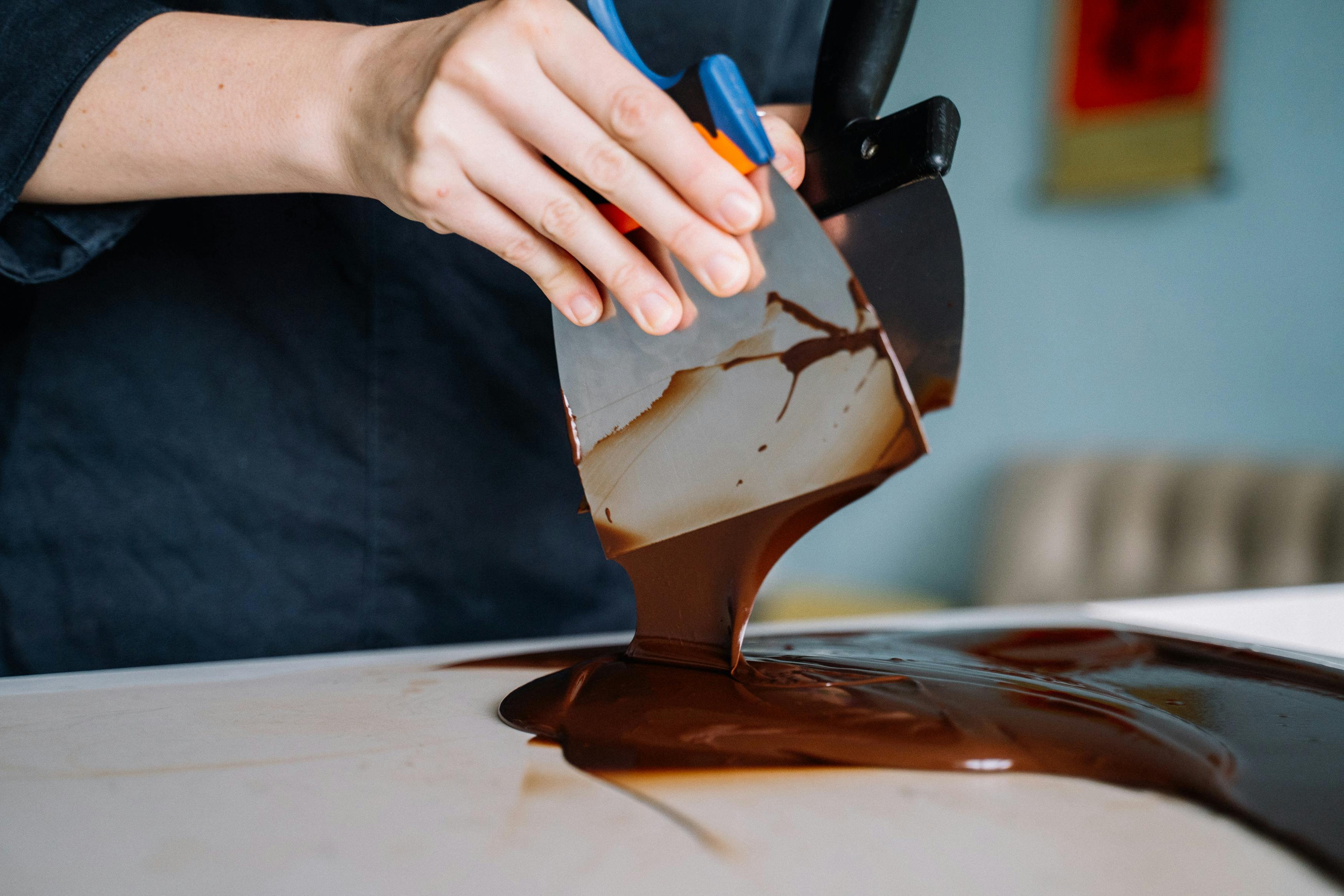
Tempering is a cornerstone of chocolate making. This process controls the crystallization of cocoa butter, resulting in a product that has a glossy finish and a clean snap when broken. The method involves carefully melting chocolate to a specific temperature, cooling it while stirring to form stable crystals, and then gently reheating it to the ideal working temperature. Well-tempered chocolate not only looks more attractive but also has a longer shelf life and a superior texture.
Taking Your Chocolate Skills Further
Once you’ve mastered tempering and basic molding, there is a whole world of advanced chocolate artistry to explore. Some chocolatiers specialize in intricate airbrushing techniques that give chocolates a jewel-like appearance. Others focus on creating complex flavor layers by combining different textures within a single piece. Showpieces—large, sculptural works made entirely from chocolate—are another avenue, often showcased in competitions and luxury events. The possibilities are limited only by imagination and technique.
Turning Chocolate Into a Business
For those who dream of selling their creations, the artistic side of chocolate making must be balanced with business acumen. Deciding on your business model—whether a boutique store, wholesale supply, or online sales—is an important first step. You’ll also need to consider pricing strategies, sourcing high-quality ingredients, and maintaining consistent production standards. Managing costs and ensuring profitability are just as critical as crafting the perfect chocolate.
Marketing That Sells
In today’s market, great chocolate needs great marketing. A well-developed brand identity, complete with compelling packaging and a clear product story, helps you stand out. Social media can be a powerful tool—short videos of chocolate being poured, decorated, or packaged are highly shareable and can attract a loyal following. Collaborations with cafés, hotels, or gift shops can also expand your reach and introduce your creations to new audiences.
Career Paths in Chocolate
Chocolatiers work in a variety of settings, from luxury hotels and fine dining restaurants to artisanal chocolate boutiques. Some move into teaching or consulting, sharing their expertise with others. Others choose the entrepreneurial route, launching their own brands and experimenting with unique product lines. The diversity of career options means there is room for many different skill sets and ambitions within the world of chocolate.
Inspiring Chocolatier Stories
Many of the world’s best-known chocolatiers started from humble beginnings. Pierre Marcolini began as an apprentice and now operates a globally recognized luxury brand. Jacques Torres, affectionately known as “Mr. Chocolate,” built his career by combining French tradition with playful creativity, making chocolate accessible yet sophisticated. Their journeys show that with passion, skill, and dedication, it’s possible to build a fulfilling and successful career in chocolate.
Trends Shaping the Chocolate World

The chocolate industry continues to evolve. Bean-to-bar production, where artisans control every step from sourcing cocoa beans to creating finished products, is growing in popularity. Sustainability is a key concern, with more chocolatiers committing to ethical sourcing and environmentally friendly packaging. Health-conscious offerings, including low-sugar and vegan chocolates, are also on the rise, reflecting changing consumer preferences.
For those serious about learning how to become a chocolatier, ICCA Dubai offers comprehensive pastry and confectionery programs that cover everything from foundational techniques to advanced chocolate artistry. Students learn in state-of-the-art facilities under the guidance of experienced chefs, gaining both technical skills and business insight. Whether you want to work in a luxury hotel, start your own chocolate shop, or compete on the world stage, ICCA Dubai can provide the training and support you need.
Explore ICCA Dubai’s Artisanal Chocolate and Professional Pastry Programs and take the first step toward turning your passion into a profession.

